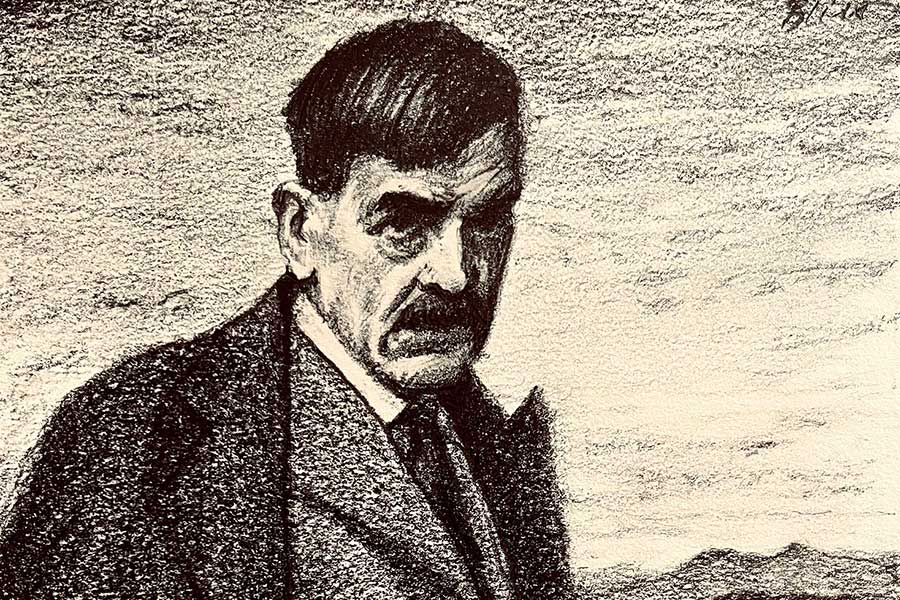Exploring the Intersection of AI and Theoretical Physics: A New Perspective

In a thought-provoking exploration titled Artificial Intelligence and the Shape of Reality, I delved into an intriguing idea that defies conventional boundariesdrawing parallels between the high-dimensional spaces navigated by large language models (LLMs) and the enigmatic hidden dimensions of string theory. This unexpected intersection between two seemingly unrelated disciplinesmachine learning and theoretical physicssparked a cascade of insights that are too compelling to overlook.
This article serves as a continuation of that intellectual journey, inviting readers to engage in what can be termed as Chapter 2. The focus here is on the intricate structures of these dimensions and the resultant functions that emerge from them. Our aim is to understand what transpires when these expansive spaces distill into tangible elements like a single word or a fundamental charge.
From High Dimensions to a Single Word
Lets start with a fundamental concepta dot product. Within the realm of large language models, each word is represented not merely as a traditional symbol but as a point nestled within a multidimensional space. In fact, some models employ thousands of dimensionsup to 12,288each encoding distinct facets of meaning, context, or syntactic relationships. Its crucial to clarify that these dimensions are not physical in nature; they dont refer to height or depth but instead represent abstract axes of semantic relevance. Picture meaning itself as a rich geometric structure, taking form through complex interactions.
When an LLM predicts the next word within a sentence, it engages in an elegantly sophisticated process. The model evaluates the current context, which is also represented as a vector within that same high-dimensional space, and compares it against every potential subsequent word's vector. This is accomplished through a mathematical operation known as the dot product, which essentially measures the alignment between two vectors.
Whats particularly interestingand often overlookedis that this comparison does not focus solely on a handful of likely candidates. Instead, it encompasses the entire vocabulary of the model, which may include upwards of 50,000 tokens. The LLM calculates the dot product between the context vector and each of these word vectors simultaneously, employing a matrix operation that is both geometric and parallel in nature, rather than linear or sequential.
To clarify, this operation is not analogous to the common perception of vector addition, where arrows are combined tip to tail. Rather, it is a comparative measure. The dot product examines each corresponding dimension of the two vectorsone representing context, the other the candidate wordmultiplies them, and aggregates all these products. The outcome is a single numbera scalarwhich possesses magnitude but lacks direction. This scalar doesnt indicate a path to follow; instead, it signifies the degree to which a particular word fits into the current context. It reduces a vast and intricate geometry into a singular score of relevance.
This scalar valueoften overlooked in its simplicityserves as the mechanism through which the model determines its next output. The remarkable fluency of LLMs is predicated on billions of these scalar reductions, suggesting that language itself emerges from the concept of projection, where high-dimensional structures yield reductions.
Shifting Gears: Electrons and Charge
Now, lets transition to a different domain and examine the electron. Its charge is generally accepted as a fundamental constant of nature, often simplified to a value of -1. However, within the frameworks of quantum field theory and, more dramatically, string theory, charge is not simply assigned; it emerges from deeper principles.
In string theory, particles are conceived as various vibrational modes of minuscule strings that exist in a universe encompassing up to 11 dimensions. Most of these dimensions, as previously discussed, are compactifiedcurled into intricate shapes referred to as Calabi-Yau manifolds. The distinctive geometry of these manifolds dictates the properties of the vibrating strings, including their mass, spin, and electrical charge.
Much like the way an LLM generates a subsequent word from a projection within latent spacea complex, high-dimensional mathematical field encoding relationships among meaning, syntax, and contextthe charge of an electron may similarly emerge as a consequence of projection. In this scenario, its charge is an emergent property that is intricately linked to the geometry of hidden dimensions in string theory.
The Big Idea
In essence, the dot product utilized in AI bears a conceptual resemblance to the vibrational projections found in string theory. Both processes reduce high-dimensional structures into meaningful, observable phenomena.
We often perceive intelligence and reality as constructed from foundational elementsneurons, bits, particles. But what if this perspective is fundamentally flawed? What if these elements are not the bedrock but rather shadows or manifestations of deeper geometric truths?
In the context of large language models, intelligence does not stem from rigid rules; rather, it emerges from the underlying structure of the model itself. Similarly, one could argue that matters existence may stem from the alignment of string vibrations in geometric space. In both cases, we encounter two forms of reduction: meaning and masseach a product of projection.
This exploration does not claim that AI equates to physics, but it does suggest that our frameworks for understanding intelligence and matter may share a common lexicon revolving around high-dimensional geometry and the emergent properties it engenders.
Why Does This Matter?
This inquiry matters greatly because as AI systems increasingly influence the ways in which we think, communicate, and reason, we should start recognizing them not merely as tools but as windows into a deeper understanding. They provide a novel lens through which we can examine how meaning emerges, not only within language but also within the very fabric of reality itself.
We might be on the cusp of a new epistemologyone where the boundaries separating thought from matter, language from law, become not only porous but profoundly geometric. Perhaps, just perhaps, a scalar projection is not solely a mechanism for determining the next word in a sequence; it may also represent the manner in which the universe communicates.
















